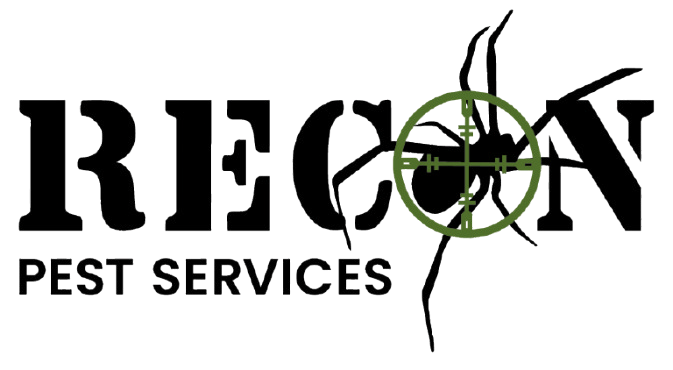Table of Contents
Termites are notoriously destructive household pests that cause extensive damage to homes every year. In the United States alone, they cost homeowners billions of dollars in repairs annually. Globally, the damages caused by termites add up to a staggering $40 billion per year!
Although not as damaging as their termite cousins, carpenter ants are also a huge problem for homeowners worldwide. These pesky pests are known to infest and damage homes, causing billions of dollars in damages each year.
While termites and carpenter ants often move around undetected, some signs can alert you of an infestation.
Termite and carpenter ant frass may be your only notice of a problem, and you should know everything about these insect droppings to identify and keep these pests at bay!
Termite frass vs carpenter ant frass; what’s the difference? Let’s take a closer look…
What is Termite Frass?
For termites, frass is simply their feces. Termite frass is composed of the digested wood they regularly consume.
The color of the droppings left by termites depends on the type of wood they are infesting. The pellets may be light tan or dark brown, and they are usually a millimeter long. These pellets often accumulate in large piles near where the termites are nesting.
It’s easier to mistake dark feces for wood shavings because they look similar. Often, it’s difficult to tell this excrement apart from the sawdust that is often left behind by a carpenter ant or bee infestation.
What Termites Produce Termite Frass?
Because all termites secrete frass, if you see droppings in your home, it can help you determine which species of termite is present.
Subterranean Termites
One of the most common termite species that invade homes in the United States is subterranean termites.
Termites that live underground are one of the most destructive species! Subterranean termites construct tiny mud tunnels on the outside of houses that directly connect to the mounds’ entrances.
Instead of discarding their frass, subterranean termites utilize their feces to line the inside of their colony and the dirt tubing that grants them access to homes.
Dampwood Termites
Dampwood termites have a unique droppings behavior. Instead of depositing their droppings inside your home, they use frass (termite excrement/waste) to patch the inside of their nests. Because these remarkable pests require rotting or frequently moist wood to survive, it’s not likely you’ll experience an infestation or significant damage from them.
The next time you find frass deposits on your floor, look to drywood termites as the source. Subterranean termites may live within the food they burrow through, but unlike them, drywood termites create complex colonies inside your home!
These pests receive all of their necessary nutrients from the wooden structures on your property, so they never need to exit their cavities for water or food. To make space for their growing population, drywood termites will often cut holes in the wood and kick out the discarded termite frass, according to Mississippi State University.
Will Frass Show me the Source of the Termites?
If you find frass, termites will be close behind. Termites that infest wood without a lot of moisture aren’t as harmful as subterranean termites, so they don’t cause as much damage over a short period. When you discover frass, termites should be in your area.
However, if you can’t discover any termites in locations littered with frass, don’t be too complacent. The termites may have deposited their droppings as they moved through your walls and ceiling, moving to another area with unharmed wood.
When you see termite droppings, you can be sure that there is an active infestation. However, if you want to find out where the pests are nesting, contact a pest control firm like RECON Pest Services to assist in determining the veracity of this claim and avoiding further property damage.
Carpenter Ant Frass Apperance
Carpenter ants do not leave behind feces that is as obvious as termite frass, but it’s still important to be suspicious of their presence.
Carpenter ants leave behind tiny, cigar-shaped droppings that resemble the wood’s dark or light grain. Carpenter ant frass is less consistent than their food source, which is generally other animals or sweets. In contrast, to maintain their inner cavities clean, drywood termites will tunnel through your house and eject sawdust and debris known as frass.
Although they often tunnel through woodwork and damage property, carpenter ants don’t eat the things they drill through. They typically just use these areas to start new colonies that are separate from their original nests.
Homeowners often find a sawdust-like substance on their floors, walls, or inside cabinets when they have carpenter ant or termite infestations.
Carpenter ants tend to leave their feces near the sawdust they create, making it hard to find. Considering how small ants are, their droppings look like tiny dots next to heaps of wood shavings.
Look at this article to see the difference between termite and carpenter ant droppings. Termite frass is larger than carpenter ant feces and is typically formed into pellets.
Can Carpenter Ant Frass Help Locate an Infestation?
Yes! However, not in the way you may imagine. Carpenter ants leave droppings all through your home. Although these droppings won’t be as obvious as cockroach feces, you’ll notice the finer dust more frequently than tiny feces particles on the floor.
Carpenter ant frass can help you understand the bugs’ location, but don’t rely on it as your only means of identification.
Termite Frass vs Carpenter Ant Frass
The small size of carpenter ants might make their droppings difficult to identify without also spotting other insects. When seen in large quantities, carpenter ant waste may even resemble termite droppings.
You can often tell if you have an ant infestation by finding droppings or sawdust near where the ants are entering your home. Many ant species clean their waste away from the colony to keep things sanitary and prevent cross-contamination.
Like many animals, ants also try not to poop where they eat, so you won’t find them near food sources or their colonies. Expect to find carpenter ants in your house if feces are visible around your baseboards, cabinets, or flooring.
Termite & Carpenter Ant Pest Control Methods
If you ever think termites have invaded your home, what should you do? Many homeowners try to use Do-It-Yourself methods for solving their pest issues, but this may not work for termites.
Without a doubt, locating termite colonies is difficult. Termite colonies generally dwell within your walls or yard, making it tough to pinpoint their precise location. You might unintentionally harm unoccupied areas of your property if you don’t know the site of an active infestation.
Plus, eliminating termites isn’t easy! Not only are these pests hard to find, but many commercially available termite products can’t effectively make a dent in a large colony.
When you have termites, you should contact a reputable pest control agency like RECON Pest Services for help! During a free inspection, we will search for termites in some of the following areas:
- Basements
- Crawlspaces
- Your home’s foundation and perimeter
- Any other space where termites are suspected
After finding signs of termites, we’ll develop a treatment plan specific to your home’s needs to get rid of the pests plaguing your property. Our technicians will evaluate problem areas and give you a list of steps to prevent termites from coming back.
Contact us today to schedule a treatment or to learn more!





